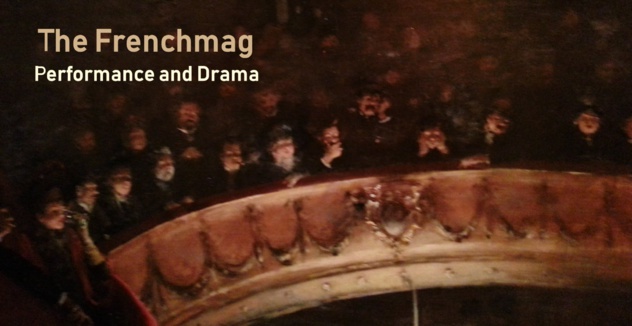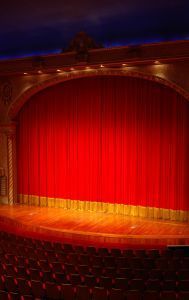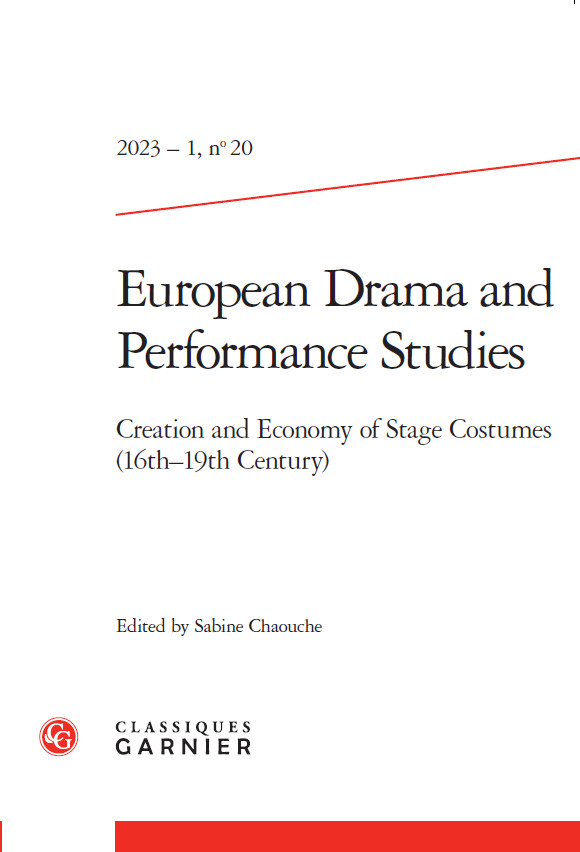Address
Quartier Villars, Route de Montilly 03000 MOULINS
Tel : 0033 (0)4 70 20 76 20
Fax : 04 70 34 23 04
contact informations
Opening hours:
The CNCS is open 7 days a week
September to June: from 10am to 6pm
July and August: from 10am to 7pm
Holiday closings: December 25, January 1, May 1 - on december 24th and 31st, the cncs will close at 4 pm
Closings between two exhibitions: approximately 3 weeks
Next closing dates for exhibition changes: from 16/05/11 to 10/06/11
Map and access:
http://www.cncs.fr/practical-information/prepare-your-visit
Quartier Villars, Route de Montilly 03000 MOULINS
Tel : 0033 (0)4 70 20 76 20
Fax : 04 70 34 23 04
contact informations
Opening hours:
The CNCS is open 7 days a week
September to June: from 10am to 6pm
July and August: from 10am to 7pm
Holiday closings: December 25, January 1, May 1 - on december 24th and 31st, the cncs will close at 4 pm
Closings between two exhibitions: approximately 3 weeks
Next closing dates for exhibition changes: from 16/05/11 to 10/06/11
Map and access:
http://www.cncs.fr/practical-information/prepare-your-visit
Collection: presentation by the CNCS
The CNCS conserves the most prestigious collections in the world, on deposit from its three founding institutions - the Bibliothèque national de France, the Comédie-Française and the Opéra national de Paris as well as costumes donated to the CNCS by costume designers, theatres, theatre and dance companies, artists and their families.
The main collection of the CNCS is composed of 8,500 costumes and accessories from the three founding institutions. These costumes come from productions which are no longer in the repertoire: theatre, opera, ballet, recitals…Whether these costumes have been conserved because of the importance of the production or the fame of the performer or designer, the beauty of the materials, the interest of the cut or the sewing technique, the elegance or exuberance of the costume, or for any other criterion of choice of those responsible for the collections, these costumes are witness to the creativity of their designers and of the talent and knowhow of the workshops where they were created. The oldest costumes in the collection date from the second half of the 19th century and the most recent were worn on stage at the beginning of the 21st century. Once the costumes enter the collections of the CNCS and are inventoried, the acquire the status of works of art, will never again be worn and will be treated with all the care given to works in museum collections.
Donations to the CNCS since its opening
The main collection has been enlarged thanks to donations by theatres such as the Théâtre Daunou; educational institutions such as the Conservatoire national supérieur de musique et de danse de Paris; companies such as the Carnets Bagouet, the Ballet Atlantique Régine Chopinot, "L'Illustre Théâtre" of Jean-Marie Villégier; the Centre chorégraphic Odile Duboc, the Compagnie Camargo; choreographers such as Susan Buirge; costume designers such as Christian Lacroix, Frank Sorbier, Frédéric Pineau; by donations and estate gifts such as the costumes of Jacquelin François and Régine Crespin; and donations by private amateurs and collectors.
http://www.cncs.fr/collections/the-collections
The main collection of the CNCS is composed of 8,500 costumes and accessories from the three founding institutions. These costumes come from productions which are no longer in the repertoire: theatre, opera, ballet, recitals…Whether these costumes have been conserved because of the importance of the production or the fame of the performer or designer, the beauty of the materials, the interest of the cut or the sewing technique, the elegance or exuberance of the costume, or for any other criterion of choice of those responsible for the collections, these costumes are witness to the creativity of their designers and of the talent and knowhow of the workshops where they were created. The oldest costumes in the collection date from the second half of the 19th century and the most recent were worn on stage at the beginning of the 21st century. Once the costumes enter the collections of the CNCS and are inventoried, the acquire the status of works of art, will never again be worn and will be treated with all the care given to works in museum collections.
Donations to the CNCS since its opening
The main collection has been enlarged thanks to donations by theatres such as the Théâtre Daunou; educational institutions such as the Conservatoire national supérieur de musique et de danse de Paris; companies such as the Carnets Bagouet, the Ballet Atlantique Régine Chopinot, "L'Illustre Théâtre" of Jean-Marie Villégier; the Centre chorégraphic Odile Duboc, the Compagnie Camargo; choreographers such as Susan Buirge; costume designers such as Christian Lacroix, Frank Sorbier, Frédéric Pineau; by donations and estate gifts such as the costumes of Jacquelin François and Régine Crespin; and donations by private amateurs and collectors.
http://www.cncs.fr/collections/the-collections



